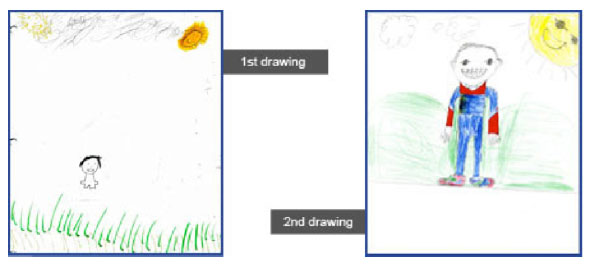Auditory Integration Training
“My 10-year-old child stated after a couple of days into the AIT therapy: ‘The buzzing sound is gone!’. His reading and writing has improved. There has been a great decrease in anxiety.”
“My 10-year-old child stated after a couple of days into the AIT therapy: ‘The buzzing sound is gone!’. His reading and writing has improved. There has been a great decrease in anxiety.”
“I have Rheumatoid Arthritis which is now in remission. I have a new flexibility and sleep very well. This has improved my quality of life.”
– A 92 year old woman
According to the ATEC scoring, my son does not qualify anymore for autism. Yes, I agree with Normand Doidge:
“…many ‘circuits’ and even basic reflexes that we think are hardwired, are not.”
The Brain That Changes Itself
Giving the brain a “second chance” (Sally Goddard)
Mental and emotional flexibility with stability
“The constant busyness in my head, the constant shifting of tasks have all but stopped. I can focus more clearly…My listening skills have greatly increased. Highly recommend for anyone young or old.”
“NeuroMovement® was an integral part of my healing toolbox that helped me go from the couch with chronic daily pain to hiking a mountain.”


One of the tests used to measure the child’s overall developmental progress is the test “Draw A Person.” It is a quantitative scoring system for human figure drawing, intended for use as a nonverbal measure of ability. It yields information on how the child perceives himself in space, and with appropriate norms how it compares with drawings of children of the same age.
 *Note: this child did not practice drawing himself.
*Note: this child did not practice drawing himself.
The first drawing on the left was done when this boy was 7-1/2 years old, before starting a neurodevelopmental program. The standardized norms show that his representation of himself was equivalent to a 4-1/2 year old, the first percentile, in the very below average rank. In other words, there were 99.9% children his age with a better self-image.
The second drawing on the right was done after working with his mother for 1-1/2 years (he was then 9 years old) with a neurodevelopmental program. The norms place him at an equivalent to almost 12 years old, in the 98th percentile rank, a very superior rank. In other words, there were only 2 out of 100 children of his age (8 years and 11 months) with a better self-image.


This training DVD, Neurodevelopment Through Movement, allows you to work with your child at home.
Available in English, French and Spanish (click here to order)
"The first infant movements do not disappear; they continue to work in union with higher nervous formations..."
- L.S Vigotsky, Russian Psychologist (1930)
